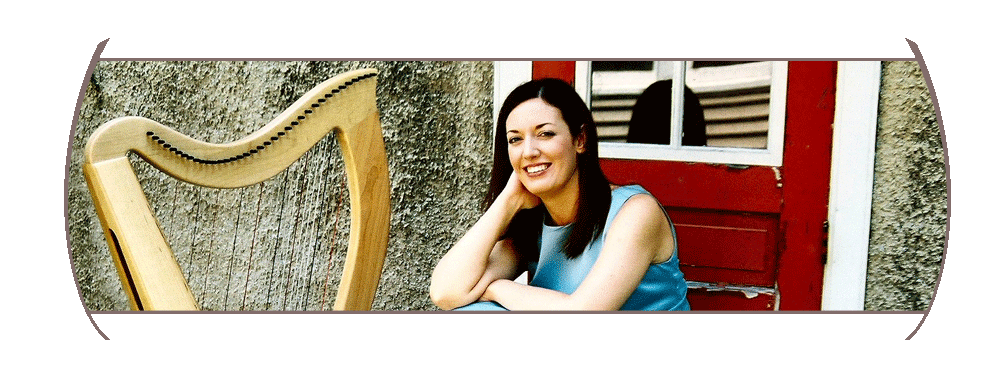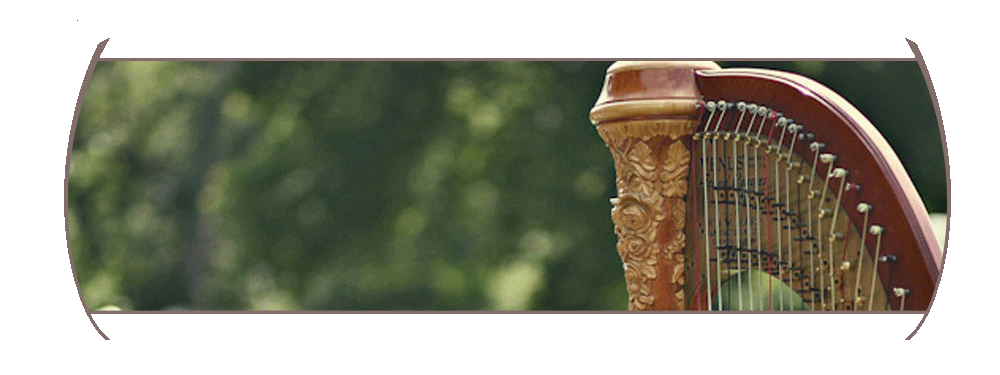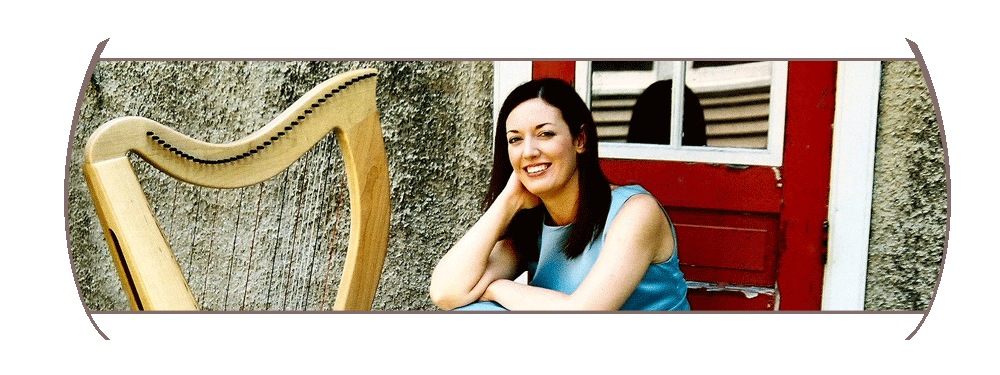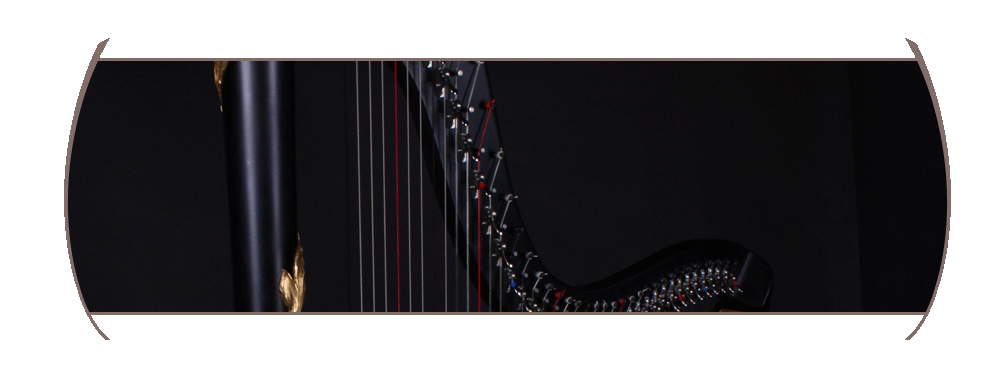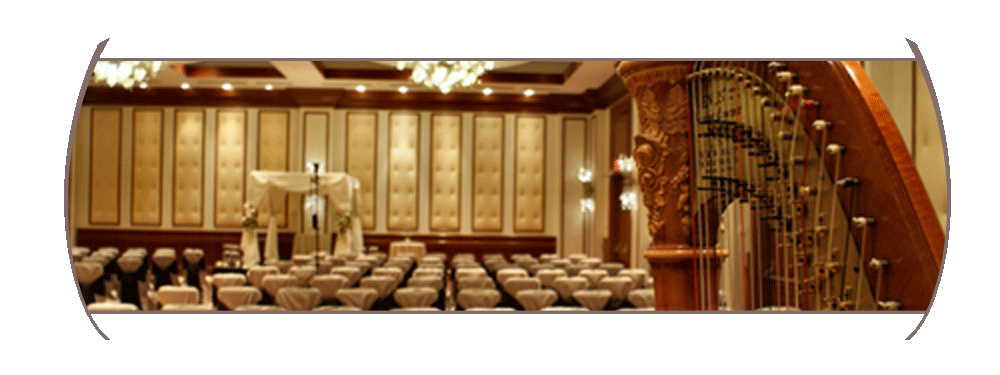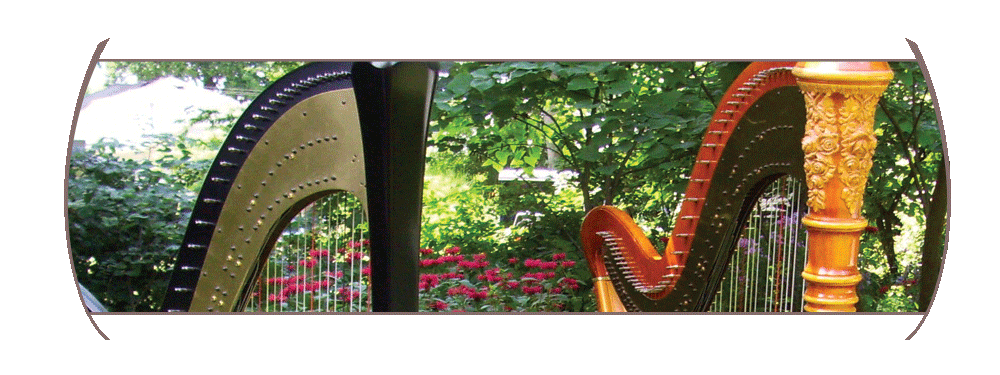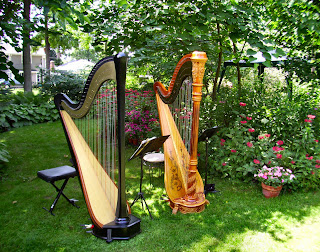When you are planning your wedding, you’ll learn a whole new vocabulary! From dress silhouettes to diamond cuts, these are probably all new to you. It’s no different when it comes to discussing your wedding music.
You’ll hear the same words over and over – but what do they really mean? Having a good grasp on these terms will allow you to make informed decisions about the musicians you hire for your ceremony and reception. You will be able to compare packages, knowing exactly what is included.
This will also help you in putting together your wedding program!
If you feel as if you musicians are speaking a different language, a professional should be willing to help you out – that’s what we’ve been trained to do! Feel free to contact me with any questions, or to ask about having live harp music for your ceremony and reception. I’d love to work with you!
Prelude ~ Prelude music is played while your guests are arriving at your ceremony. This generally starts 15-30 minutes before your ceremony is scheduled to begin. Prelude music sets the mood and creates the ambiance for your entire wedding.
Processional ~ This is the entrance music. You may have several different pieces played for the different groups who will be coming down the aisle (families, wedding party, & bride), or one piece for everyone.
Interlude ~ Any time for quiet reflection during the ceremony that is to be accompanied by music. This may be an instrumental or vocal solo, lighting of the unity candle, flower presentation, or other special moment.
Recessional ~ Once you have been presented and announced at the conclusion of your ceremony, the recessional begins. This music plays while the couple, the wedding party & families exit the ceremony.
Postlude ~ Usually 10-15 minutes following the recessional, this is the exit music for the guests. This may also play through your receiving line, if it will be at your ceremony.
Background Music ~ Any time the music is not the focus of attention, it is considered background music. This would be appropriate for your rehearsal dinner, cocktail hour, or dinner. Most musicians price wedding ceremonies as a flat rate, but have an hourly fee for background music.
Cadence ~ Once each processing group is in place, the music for them needs to come to a logical conclusion – a cadence. Finding a good place to bring a piece to a close, or to extend it to accommodate a large group or long aisle, is the job of your musicians. No need to time the processionals, just have everybody walk in at a comfortable pace, and the musicians watch and listen to end (cadence) each piece and start the next one appropriately.
Cue ~ Most weddings don’t start exactly on time! Your musicians should keep playing prelude music until everyone in the processionals is lined up and ready to go. When they are set, you will need to have someone assigned to signal your musicians that everyone is ready. This can be as simple as a wave, closing the doors (for indoor weddings), or having the officiant enter. Once the agreed-upon signal is seen, the musicians know you are ready to begin and will start playing the first processional selection.
Chamber Music ~ This is a general term for a small group of musicians playing together. It can be any group of two (a duet), three (a trio), four (a quartet), five (a quintet), or a small orchestra.
Instrumentation ~ This refers to the types of instruments that are in a group. For example, the instrumentation of a string quartet is two violins, one viola, and one cello.
Arrangement ~ Arranging a piece of music involves taking sheet music from one instrument (such as a piano) and adapting and re-writing it to be played on another instrument or group of instruments (such as a string quartet). This often involves several hours of trial and error, determining how to make the piece sound best with a new instrumentation.
Repertoire ~ A musician’s repertoire is a list of songs that he or she plays. For most professional musicians, this is an ever-expanding list!
View my repertoire lists:
- Classical & Traditional Wedding Music
- Popular, Broadway, Jazz & Bollywood Music
- Bollywood Music
- Folk & Celtic Music
- Sacred Music & Spirituals
- Jewish Wedding & Sacred Music
- Renaissance & Early Music
- Holiday and Christmas Music
- Chamber & Harp Ensemble Music
Visit my website for more information about how I can help you have beautiful music for your wedding!







